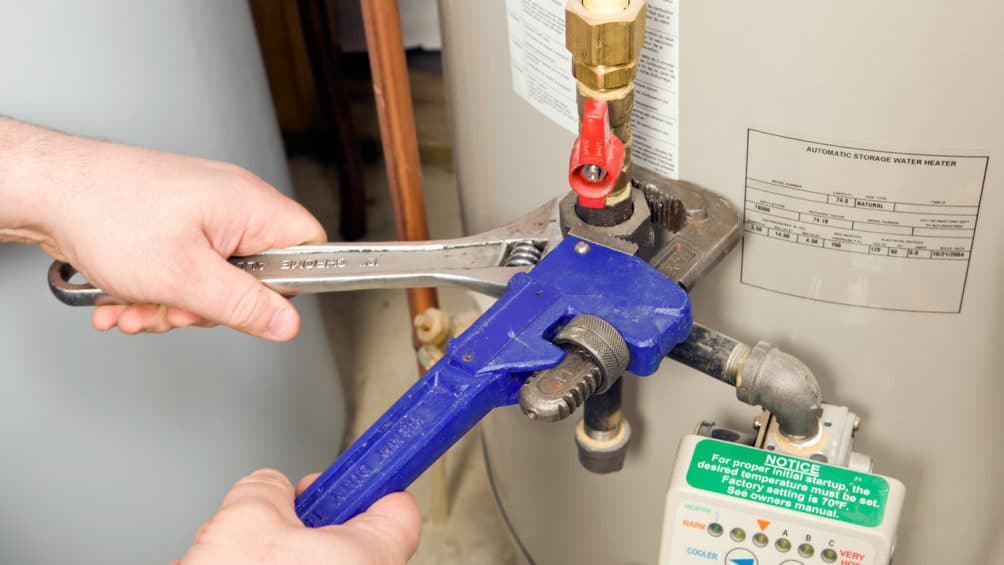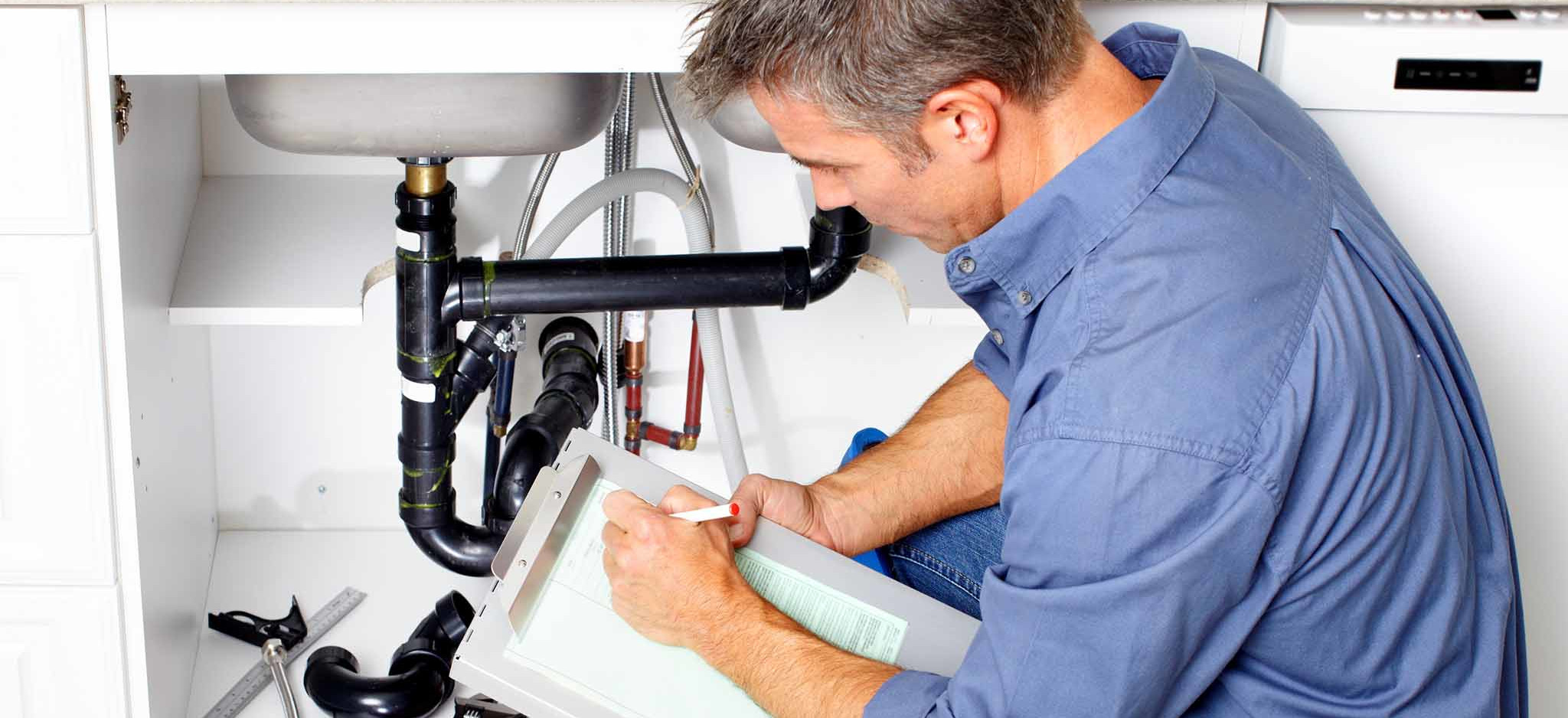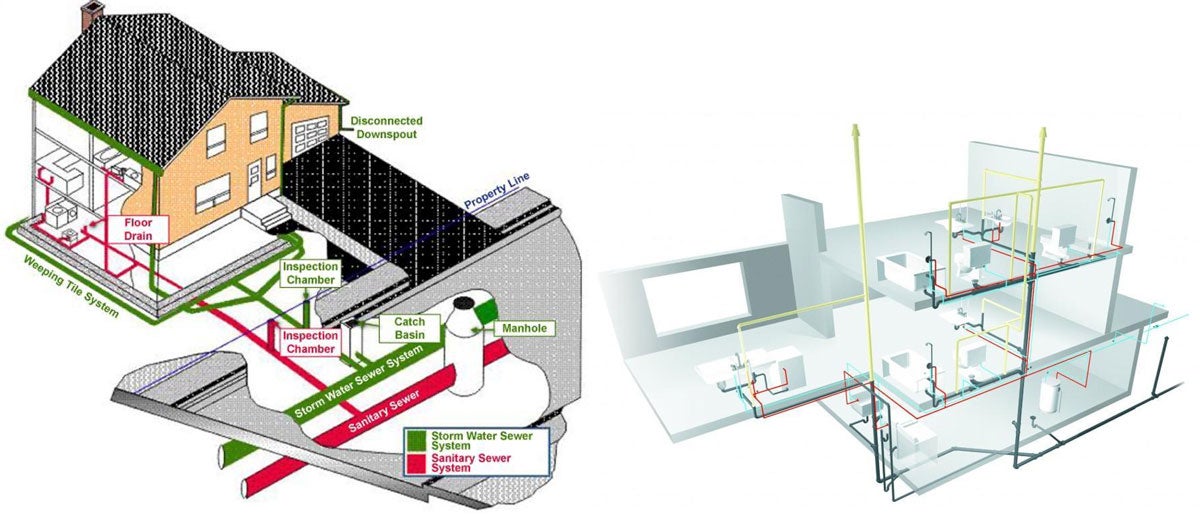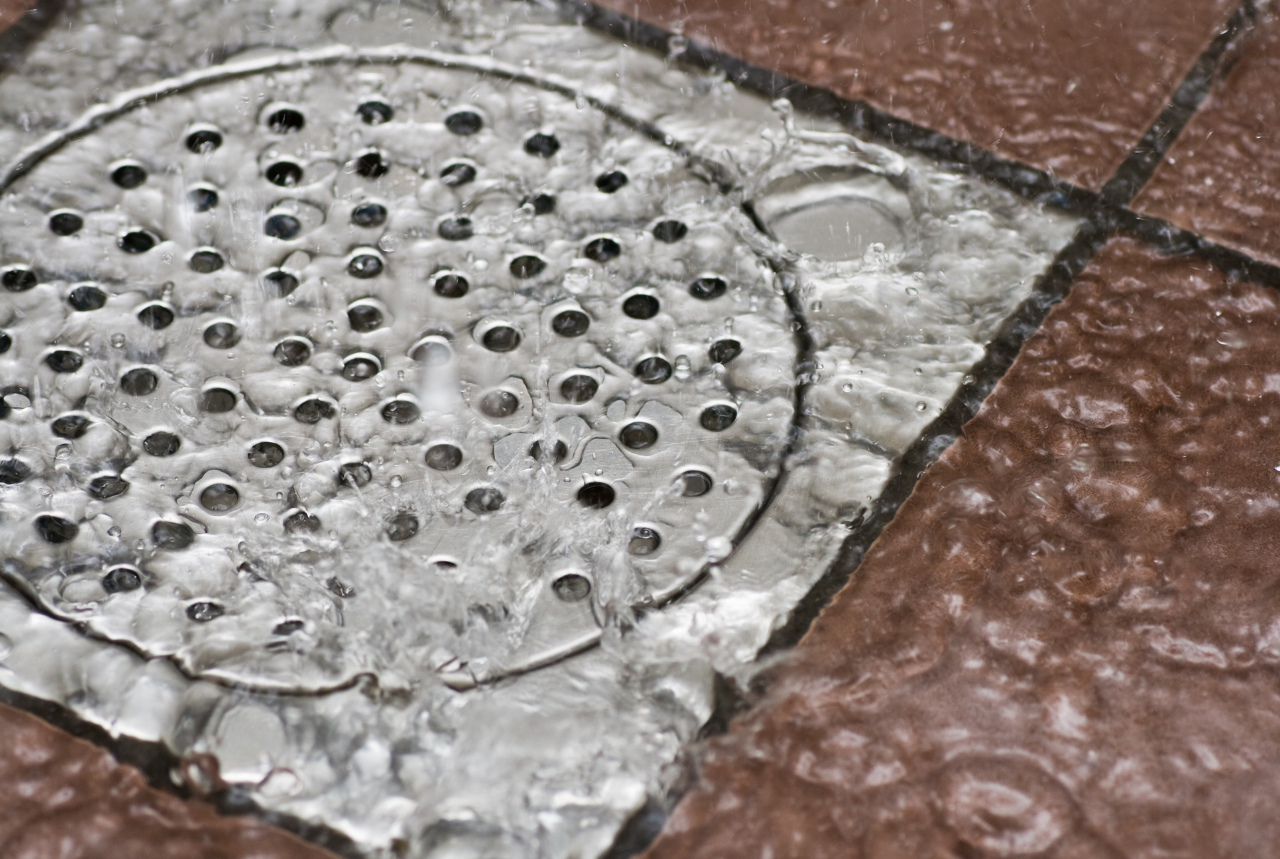How to Find a Plumbing Leak
Finding plumbing leaks in your home can be challenging, primarily because they're often hidden from plain sight. Many homeowners only discover these leaks after noticing a significant increase in their water bills or, worse, when expensive appliances or walls suffer damage.
To prevent such costly issues, it's important to identify and address leaks early. This guide will walk you through several effective methods to detect plumbing leaks in your home.
Did you know? According to the EPA, household leaks can waste nearly 10,000 gallons of water each year. That's enough water to wash 300 loads of laundry! Detecting and fixing leaks promptly not only saves money but also conserves this valuable resource.
Monitor Your Water Bill
One of the simplest ways to detect a plumbing leak is by monitoring your water bill. Check your bills for the past few months to see if there's been a consistent rise or if they're higher than usual without an obvious explanation.
If your water usage (measured in gallons per month) is higher than normal and you can't identify a reason for the increase, you might be dealing with a plumbing leak.
Pro Tip: Many water utility companies provide online access to your water usage history. Some even offer tools that can alert you to unusual spikes in consumption, helping you catch leaks early.
Once you've confirmed a potential leak through your water bill, it's advisable to contact a professional plumber, especially if your pipes are underground or in a concrete slab. Professional plumbers have specialized equipment to locate these hidden leaks without causing unnecessary damage to your property.
Check Your Water Meter
Your water meter can be an excellent tool for identifying leaks. To use this method, first ensure that all water-using appliances and fixtures in your home are turned off. This includes washing machines, dishwashers, ice makers, and any automatic irrigation systems.
How to Check Your Water Meter for Leaks
- Turn off all water in your home, including appliances that use water automatically.
- Locate your water meter, typically found near the street or sidewalk in a concrete box.
- Check the meter reading and note the position of the leak indicator (usually a small triangle or dial).
- Wait 2 hours without using any water in your home.
- Check the meter again. If the reading has changed or the leak indicator is moving, you likely have a leak.
If you observe the water meter changing despite having turned off all water sources, it's a clear indication of a plumbing leak in your home. Fast-moving leaks will cause the meter to count up continuously, while slower leaks might require a longer observation period to notice any change.
Use Food Coloring to Check Toilet Leaks
Toilets account for approximately 30% of your home's total water consumption, making them a common source of leaks. Fortunately, there's a simple method to check if your toilet is leaking.
The Food Coloring Test
- Remove the toilet tank lid and set it aside safely.
- Add several drops of food coloring to the water in the tank.
- Wait 15-30 minutes without flushing.
- Check the toilet bowl. If you see colored water in the bowl, your toilet has a leak.
This leak occurs when water drains from the tank into the bowl without the toilet being flushed, typically due to a worn flapper valve that's not creating a proper seal. Replacing the flapper is usually a simple and inexpensive fix that can save significant amounts of water.
Pay Attention to Water Pressure
Changes in water pressure can sometimes indicate plumbing leaks. If you notice a drop in water pressure, try turning off all fixtures and then take a shower or fill the bathtub. If there's a leak, you might experience higher water pressure because the leaking fixture is no longer diverting water.
Important: A drop in water pressure doesn't always indicate a leak. It could also be caused by clogged fixtures, municipal water supply issues, or problems with your pressure regulator. If you're unsure, it's best to consult with a professional plumber.
Common Signs of Hidden Leaks
- Unexplained increase in water bills
- Sounds of running water when no fixtures are in use
- Damp or warm spots on floors or walls
- Mold or mildew growth in unusual places
- Musty odors in specific areas of your home
Areas Prone to Leaks
- Under sinks and around faucets
- Around toilet bases and tanks
- Near water heaters and washing machines
- Along exterior walls where pipes may freeze
- In basements or crawl spaces
- Under concrete slabs or in foundation walls
When to Call a Professional
While the methods above can help you detect many common leaks, some situations require professional assistance. Consider contacting Plumb-All if:
- You've confirmed a leak but can't locate its source
- The leak is in an inaccessible area (under concrete, behind walls)
- You suspect a sewer line leak
- There are signs of water damage to your home's structure
- You've attempted repairs but the leak persists
Bottom Line
By following the methods outlined above, you can effectively identify whether there's a plumbing leak in your home. Early detection is key to preventing water waste, structural damage, and costly repairs.
If you do discover a leak, don't delay in addressing it. Contact a professional plumber promptly to assess the situation and implement the necessary repairs. This proactive approach will help you maintain your home's plumbing system and avoid more serious issues down the line.
Decided that we're the right fit for you?
Call us at 844 PLUMB-ALL


